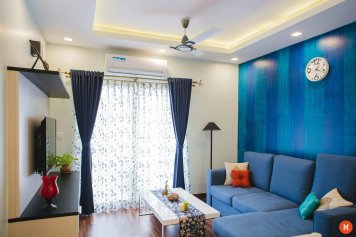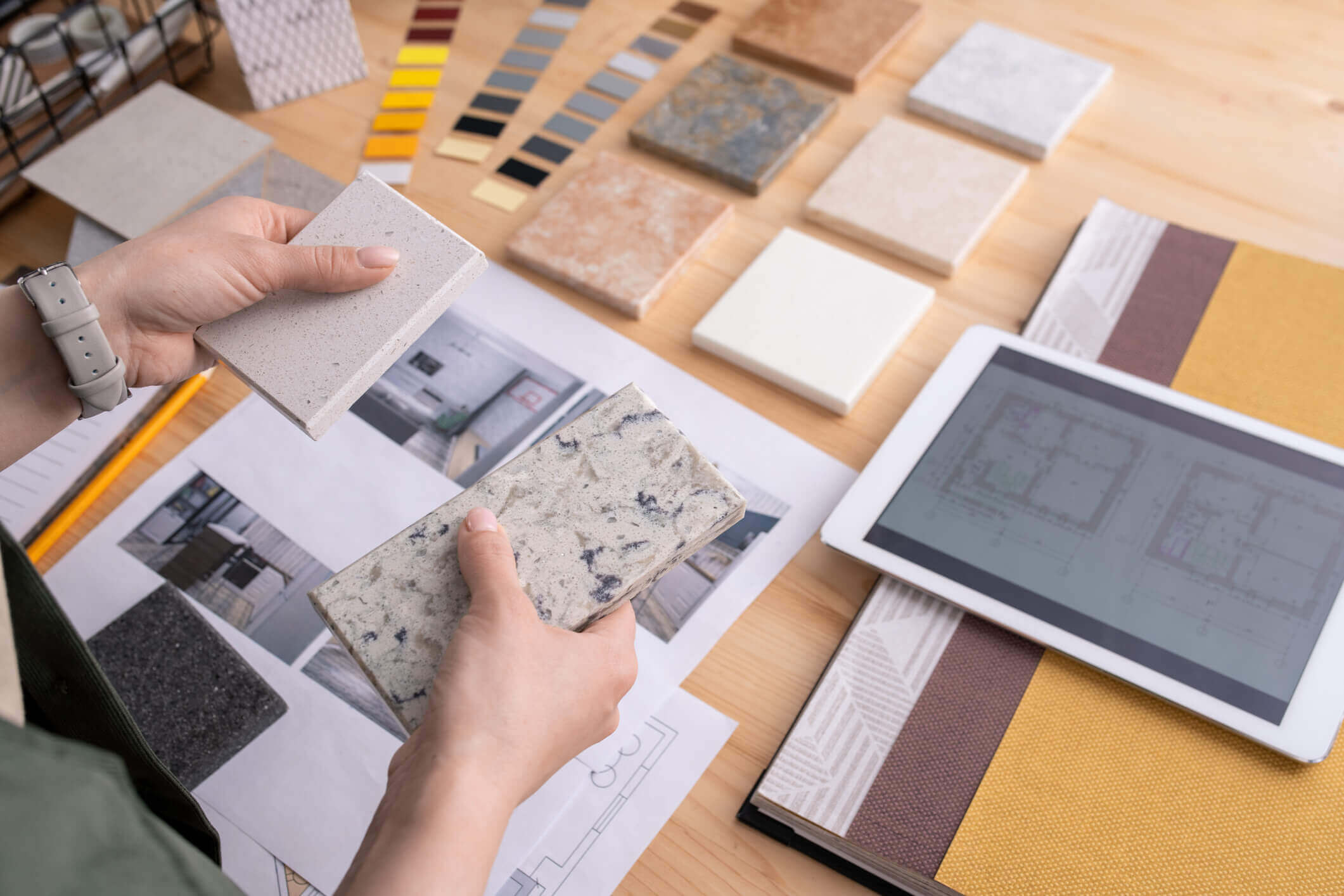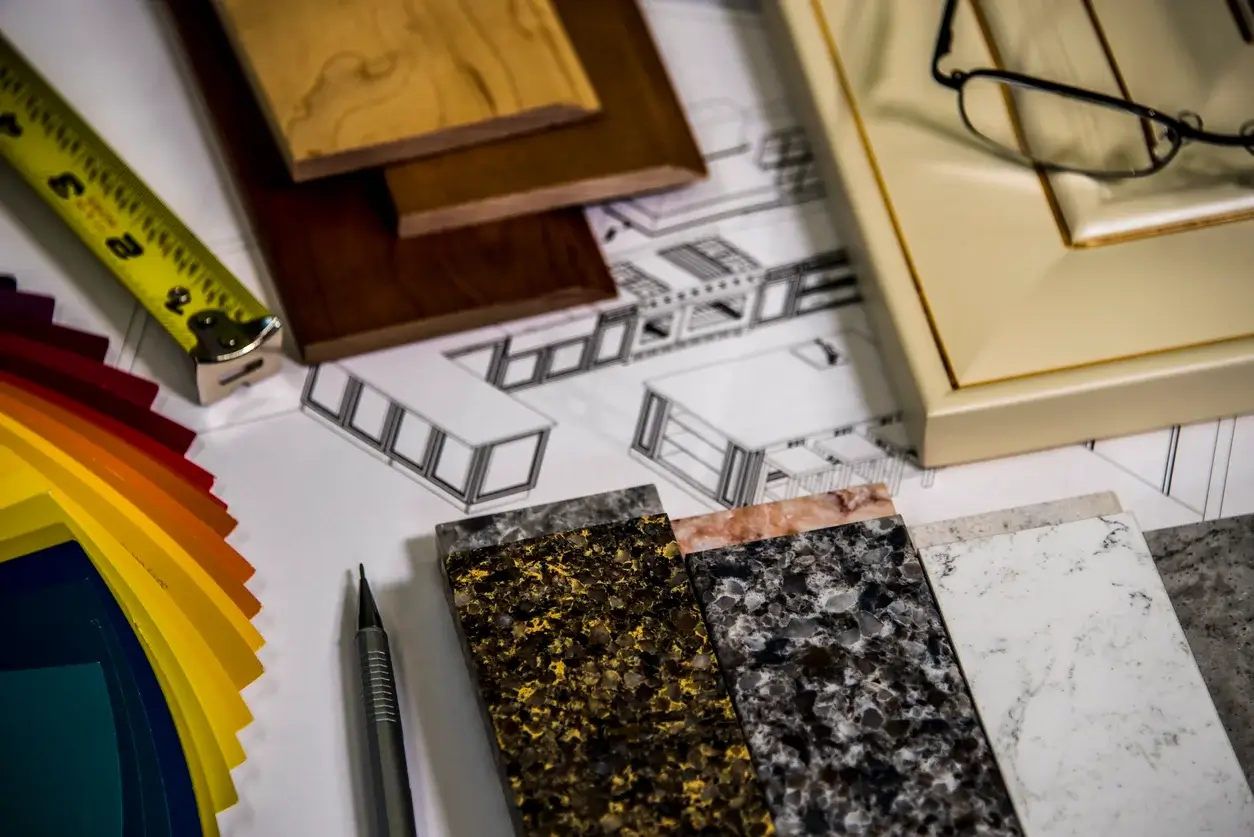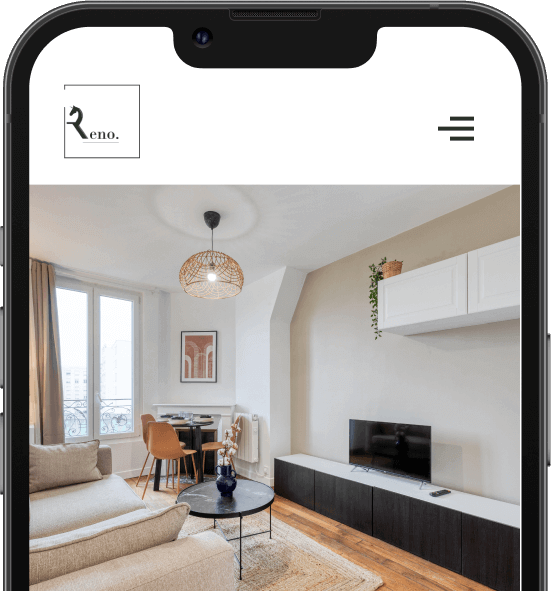Building renovation prices are expensive. The budget varies depending on the work and the condition of the building. Prices per square meter vary greatly. A simple renovation costs a few hundred euros. A major renovation can exceed one thousand euros per square meter. Understanding these costs is vital. We’ll examine average prices, variations by type of work, and how to establish a realistic budget for your project.
Average cost of renovating a building
Price per m² for the renovation of a building
The price varies depending on the scope of the work. A light renovation includes painting and flooring. It costs a few hundred euros per square meter. However, major renovations involving structural modifications cost over a thousand euros per square meter.
The condition of the building greatly influences the price. The city also plays a role. Larger cities are more expensive. The number of floors also matters. Working at height requires special equipment and skilled workers.
To fully understand how to estimate the cost of your renovation work , consult our detailed guide.
Budget according to the types of building renovation
The light renovation focuses on the visual aspect. It includes painting, flooring, and bathroom fixtures. The structure remains intact. The main focus is on common areas such as the lobby and staircases.
A major renovation costs much more. It alters the building’s structure. This work affects the foundations, the framework, or changes the spaces. Several trades work together. Electrical standards and thermal insulation weigh heavily on the budget.
Cost of renovating common areas
Common areas deserve attention. Their condition impacts the building’s value. The lobby provides the building’s first impression. The stairwell must be safe and welcoming. The electrical system must meet strict standards.
Here are the main expenses for the common areas:
- Refresh the entrance hall
- Repaint the stairwell
- Change the floor
- Install an elevator
- Improve lighting
- Bringing electricity up to standard
Investing in these spaces adds value to the building. Buyers look first at these common areas. A beautiful renovation also improves residents’ comfort. And expenses are reduced thanks to energy-efficient installations.
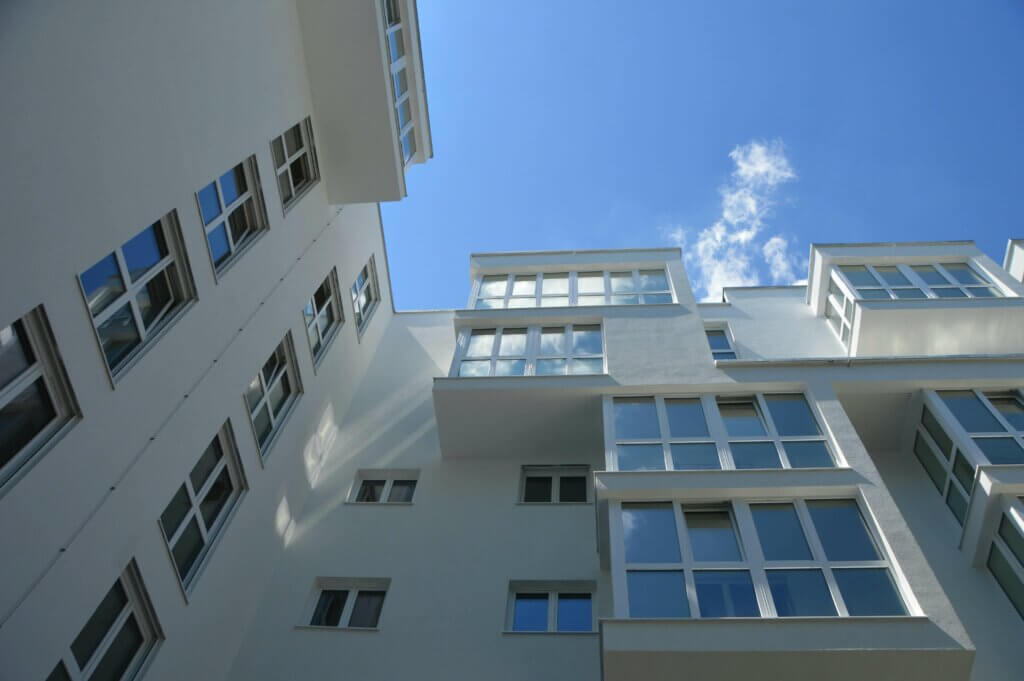
Cost of facade renovation
Renovation is expensive, but essential. Several factors influence its price.
The size of the facade matters a lot. The larger it is, the higher the price. The type of cladding also plays a role. Some materials require special and expensive techniques. Access to the construction site alters the budget. Difficult facades require complex and expensive scaffolding. The condition of the wall determines the repairs required before the final cladding.
In some cities, renovation is mandatory. The frequency varies depending on the town hall.
Energy renovation of a building
Cost of thermal insulation of a building
Thermal insulation can be applied from the outside or the inside. Each method offers advantages for improving energy performance.
The cost of exterior insulation varies depending on the surface area and materials chosen. Insulating attics depends on their shape and the technique used. Wall insulation is expensive but effectively reduces heat loss. Don’t neglect lower floors for complete insulation.
Good insulation saves energy. The return on investment is fairly quick. Resident comfort also improves significantly.
Heating and ventilation renovation cost
A modern collective boiler is expensive but consumes less than older models.
The cost of a collective CMV system depends on the number of apartments and the complexity of the network. Renovating the current system often requires new ducts and exhaust vents. A dual-flow CMV system is more expensive but recovers heat. This allows for real energy savings.
Financial assistance is available for this work:
- MaPrimeRénov’ Co-ownership assistance with energy-saving work
- CEEs offer bonuses through energy suppliers
- VAT reduced to 5.5% for energy renovation
- Local aid complements these measures.
These aids significantly reduce your costs.
Energy renovations add value to your building. A good energy performance certificate (EPC) attracts more buyers and allows you to sell for more. To learn about all the assistance available for your energy renovation , consult our complete guide.
Renovation of apartments in a building
Costs are divided according to precise rules between common areas and private apartments.
The cost of renovating an apartment varies depending on its size and the planned work. A studio costs less overall but is more expensive per square meter due to the bathrooms. A 50m² apartment requires a medium budget, especially if the renovation includes the kitchen and bathroom. For a 100m² apartment, plan on a large budget, but the price per square meter drops slightly thanks to economies of scale.
Room Type of renovation Estimated cost Kitchen Light (refresh) Varies depending on the elements Kitchen Complete (furniture, appliances) Varies depending on the materials Bathroom Light (accessories, paint) Varies depending on the elements Bathroom Complete (sanitary, coverings) Varies depending on the sanitary facilities Bedroom Standard (coverings, lighting) Varies depending on the materials Living room Standard (coverings, lighting) Varies depending on the materials
Co-ownership rules restrict certain work. Changing the structure or exterior appearance requires the consent of the co-owners. Tampering with shared pipes also requires special permits.
Factors influencing building renovation prices
The initial state of the building
An older building costs more to renovate than a newer one. Buildings built before 1945 often have moisture, structural, and insulation problems. Asbestos or lead in older buildings add to the cost of remediation.
The Global Technical Diagnosis (GTD) helps assess the building’s true condition. This study identifies structural defects, leaks, and building problems. It predicts hidden costs and helps plan necessary work. A GTD costs between €1,500 and €5,000 depending on the size of the building. Hire a certified design office or architect for this essential diagnosis.
Heritage constraints weigh heavily on listed buildings or those in protected areas. They require specific materials and expensive traditional techniques.
Choice of materials and equipment
Materials change the budget by 30 to 50% depending on their quality.
The difference between basic tiles costing €15/m² and a luxury model costing over €100/m² is enormous. These differences apply to all elements: walls, windows, and insulation. Economical materials last less time. High-end products offer better lifespans and performance. To optimize your spending, choose quality materials in frequently used rooms like the kitchen or bathroom . Save money on less frequented spaces.
Technical equipment also has a significant impact on the budget. A condensing boiler costs half as much as a heat pump. However, the latter saves more energy in the long run. Home automation represents an additional cost but improves daily comfort.
Labor and professionals
In a building renovation, labor accounts for 60-70% of the total cost. Materials make up the remaining 30-40%. This breakdown varies depending on the complexity of the project. Structural work (masonry, framework) accounts for the largest share, followed by electrical and plumbing. Finishing touches (painting, cladding) complete the overall cost.
An architect for your project charges between 8 and 12% of the cost of the work. A project manager charges 5 to 10% to coordinate the work. Specialized design firms add 2 to 5% depending on the complexity of the issues. Plan on an additional 3 to 6% for a good site manager.
Regulatory and administrative constraints
Fire safety and accessibility standards are a major concern. Installing fire doors and smoke-proof systems
or disabled access is expensive. Bringing thermal standards up to standard also requires significant investments in insulation and high-performance equipment.
A building permit to renovate a building costs between €400 and €1,000, depending on the project and the municipality. Preliminary declarations are less expensive (€150-400). Studies for urban planning applications (plans, notices) cost between €2,000 and €5,000. Building damage insurance, which is mandatory for major projects, adds 2-3% of the total cost.
Failure to comply with planning regulations is very costly. Fines can reach €6,000 per square meter of illegal construction. You also risk having to demolish the entire project. Appeals can stall your project for years and generate enormous legal fees. A construction interruption causes additional costs related to delays and the immobilization of the building.
Properly preparing your project will prevent unpleasant surprises. Request several detailed quotes and plan each step. This way, you’ll transform your building while keeping your budget under control.
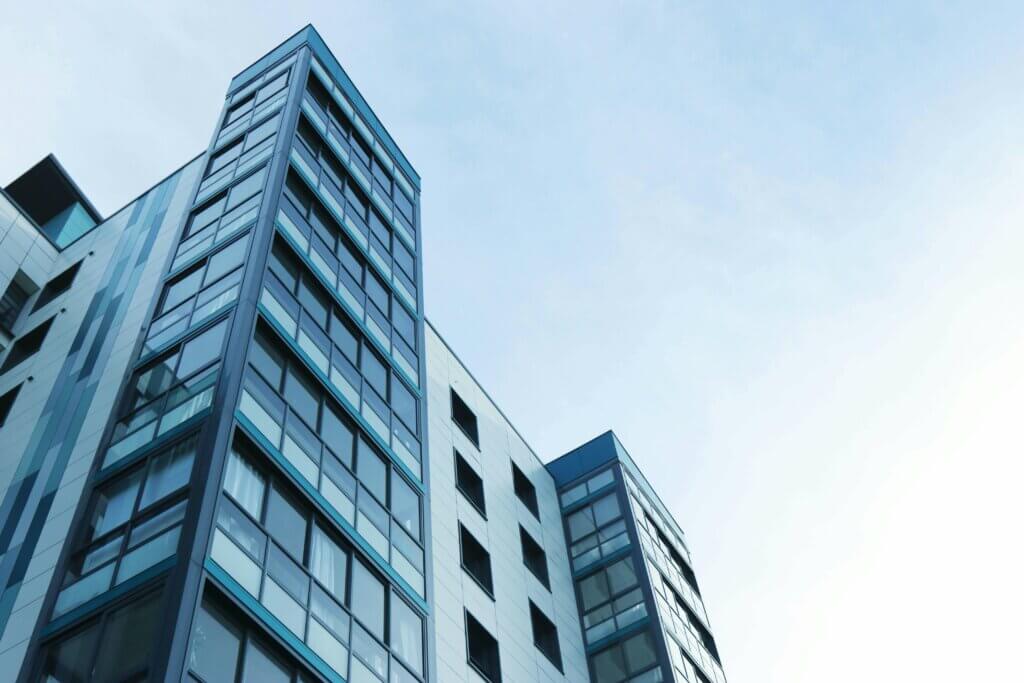
Old building renovation prices : tips for managing your budget
Renovating an old building requires a substantial budget. The price varies depending on the building’s initial condition. You must calculate the costs accurately before starting work. Each property has its own technical specifications. Specialized companies can help you with this process.
Installing new equipment significantly impacts the overall cost. You must plan for replacing outdated systems. Current standards require complete compliance. Consider requesting several quotes for your apartment renovation before committing. This method will allow you to compare prices.
The function of the spaces will also influence your budget. You can optimize the layout of common areas. Structural constraints will sometimes limit your options. The materials chosen determine a large part of the final cost. Thermal insulation remains a profitable long-term investment.
Common areas require special attention. You must coordinate the work with all the co-owners. The stairwell often represents a significant expense. Renovating the facade significantly improves the overall appearance of the building. Renovating your roof may also prove essential to ensure the building’s watertightness.
An architect’s advice is invaluable during this phase. Thanks to their expertise, you can better anticipate technical challenges. Coordination between different trades requires constant attention. Poor planning often results in significant additional costs. The function of spaces must be rethought according to your current needs.
Replacing electrical installations remains a safety priority. You must ensure compliance with current standards. Specialized companies offer solutions adapted to each configuration. Installing a new heating system improves thermal comfort. The energy savings justify this initial investment.
There are several solutions for reducing the overall cost of the project. You can spread the work over several years. Priorities should be established based on the urgency of the work. Renovating your kitchen can wait, unlike structural issues. Choosing durable materials avoids frequent replacements.
Government aid supports energy renovations. You should inquire about the eligibility criteria. The Rénov’ bonus covers a significant portion of insulation work. The tax credit remains available for certain specific installations. Reduced VAT applies to renovation work in older buildings.
Installing more energy-efficient equipment reduces future expenses. You can opt for incremental solutions based on your budget. Replacing windows immediately improves thermal comfort. Companies often offer payment options for large projects. Sharing certain tasks between neighbors allows for economies of scale.
The role of a project manager is essential for optimizing costs. You should compare multiple quotes before signing a contract. The advice of a renovation expert will help you avoid costly mistakes. Renovating your bathroom can be simplified without sacrificing quality. Technical choices must be adapted to the constraints of your home.
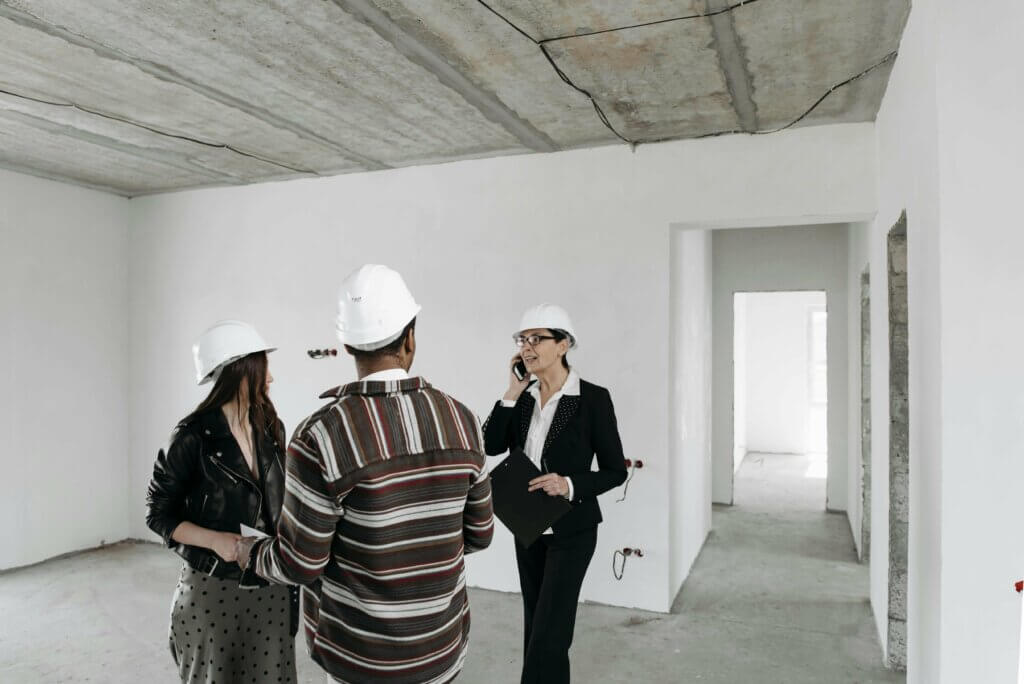
FAQ on building renovation prices
What is the average cost of renovating a building per m² ?
The price varies depending on the scope of the work. A light renovation costs a few hundred euros per m². A major renovation costs over €1,000/m².
The condition of the building, its location, and its height all affect the cost. Large cities and work at heights are more expensive.
How does the budget vary depending on the type of building renovation ?
The type of renovation affects the budget. A light renovation costs less per square meter. A standard renovation with partial compliance has an average price.
Energy renovations (insulation, heating) are more expensive. Major renovations with structural modifications are the most expensive.
What are the main expenditure items for the renovation of common areas ?
The common areas include several important elements. The entrance hall and staircases are given priority. Electrical installations must meet strict standards.
The expenses include: the lobby, painting the stairs, floors, the elevator, lighting and electrical standards.
What factors influence the cost of facade renovation ?
Several factors affect the cost of a renovation. The surface area of the facade is the main factor. The type of cladding also has a significant impact on the budget.
Access to the construction site plays a major role. Difficult facades require complex scaffolding. The condition of the wall determines the repairs needed before the final cladding.



